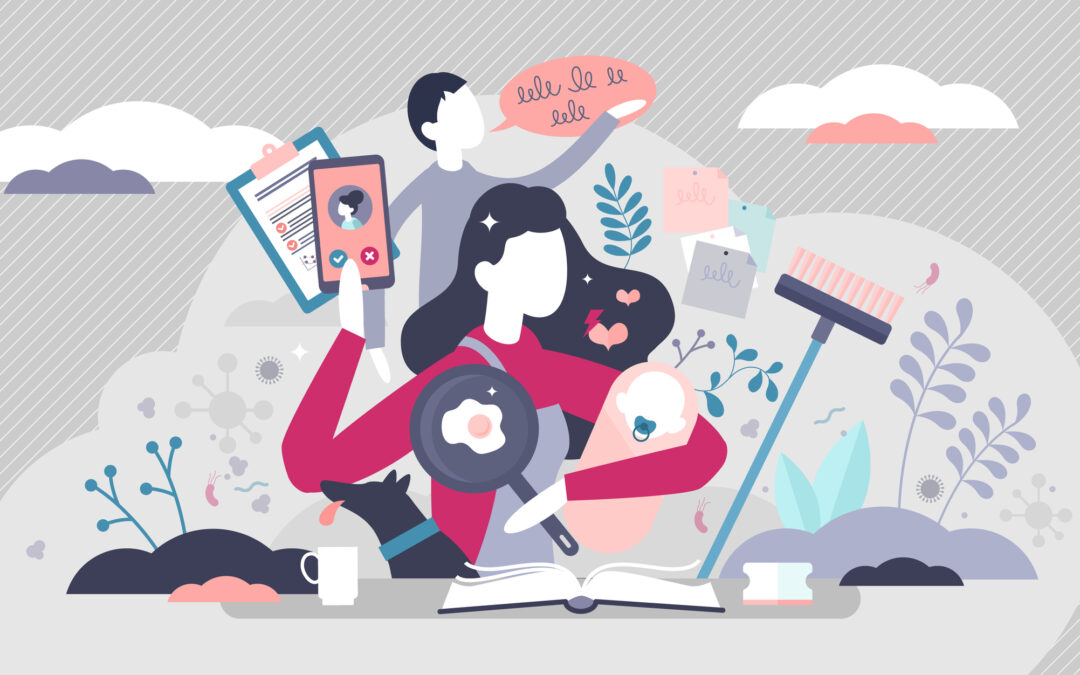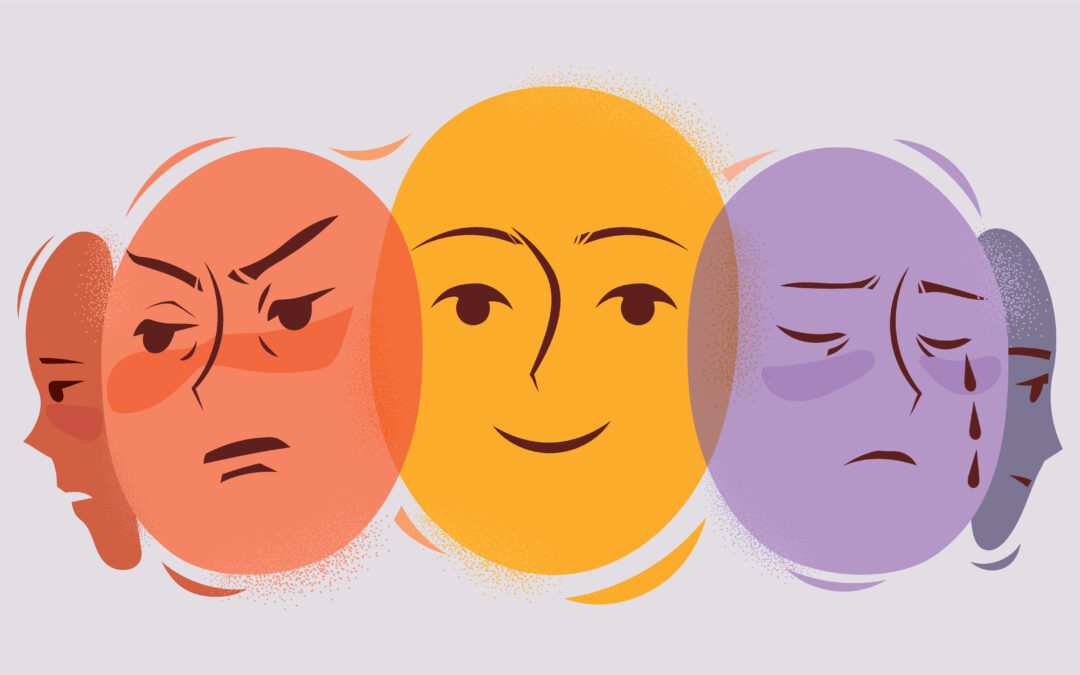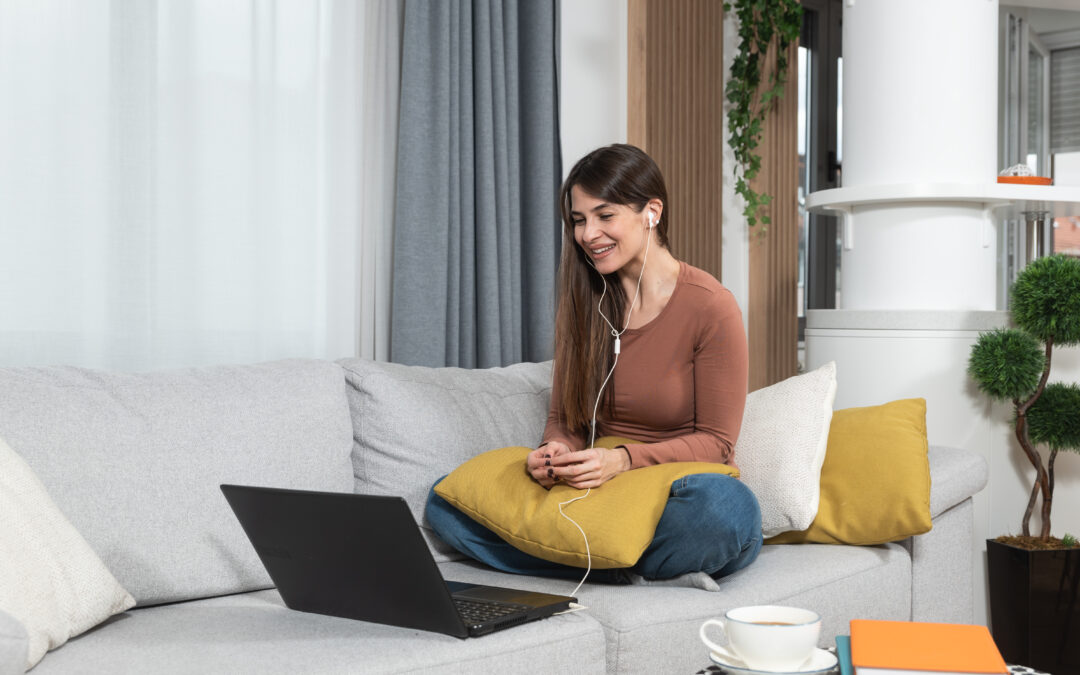If you have been in therapy before or are currently looking for a counselor, know you are not alone if it feels like an intimidating process. The therapy world comes with many acronyms (CBT, DBT, EMDR, ACT, etc.) and it can be daunting to identify what it is you look...

ADHD in Women
If you feel like you’re hearing about more and more women being diagnosed with ADHD recently, you’re not wrong! Many women don’t receive a diagnosis until well into their 30s or 40s, while the average age of diagnosis for men is much younger.
ADHD affects men and women equally, but many young girls go undiagnosed for years, only to have their symptoms recognized in later years. Let’s talk through what ADHD is, and why there have been challenges in identifying and diagnosing it properly in women.
First, we’ll look at some of the classic symptoms of ADHD, which are commonly broken up into two main categories: hyperactivity and inattention.
Hyperactivity
- Restlessness
- Being uncomfortable sitting still
- Talking excessively or out of turn
- Interrupting others or having difficulty waiting your turn
- Fidgeting
Inattention
- Difficulty focusing
- Trouble staying organized
- Distractibility
- Forgetfulness
There are three main types of ADHD: primarily inattentive type, primarily hyperactive type, and combined type. What previously used to be known as ADD (Attention Deficit Disorder) now falls under the umbrella of ADHD.
These diagnostic criteria seem pretty straightforward, but for many people, especially people who are assigned female at birth, it’s not so simple.
Diagnostic Bias
When ADHD was first being understood, researchers focused heavily on symptoms seen in young boys, there was even a time when it was thought that young girls couldn’t have ADHD! These young boys showed symptoms like having trouble staying seated, causing major disruptions in class, and having behavioral issues.
To put it frankly, researchers just didn’t see these same concerns in young girls as often, so the diagnostic criteria that resulted didn’t consider how young girls might be struggling. When a young girl started struggling with what we now know to be ADHD, she wouldn’t fit the criteria for ADHD, and then would go undiagnosed and untreated.
Masking
Another major reason women are either undiagnosed or diagnosed later in life is because of social conditioning, and a phenomenon known as masking. If you’ve ever felt like you had to put on an act to get through a social situation, you were likely masking.
For many girls and women with ADHD, the strict social rules of how women are “supposed” to act cause them to mask ADHD symptoms that wouldn’t be viewed positively. Masking to get through a short social interaction isn’t necessarily detrimental, but many women with ADHD end up masking all the time, sometimes even so much so that they don’t realize they are doing it until they learn about their symptoms and let themselves drop the masks.
So what does ADHD look like in women?
The symptoms of ADHD are essentially the same between men and women, but the way they present can be very different.
Women with ADHD often experience things like:
- Rejection sensitivity dysphoria (severe emotional pain to perceived rejection or exclusion)
- Fears of judgment for symptoms of disorganization, forgetfulness
- Self-esteem issues from perceptions of laziness or trouble with motivation
- Sensory issues and being easily overstimulated
- Sleep issues
- Changes in symptoms and severity of concerns in alignment with menstrual cycles
- Mental exhaustion from ongoing masking/symptom management
- Identity issues after struggling to know who they are authentically vs. who they felt they had to be
How is ADHD being diagnosed in women?
ADHD is formally diagnosed in the same way for men and women. A mental health care provider provides an assessment based on historical and current symptoms, but again many of these diagnostic assessments are focused on male-centric symptoms, so it takes a trained provider to notice the ways this might show up in women.
Many women first acknowledge ADHD symptoms after a major life transition. Moving to college, living on their own, and having children can all be common times for this. It’s not that the symptoms weren’t present prior to these life changes, it’s that the person may have lost systems of support that previously helped them cope, or their responsibilities have increased to a level that they can no longer manage with previous coping skills or masking. For some women, it’s not until they notice symptoms in their own children that they reflect on their own childhood/development!
If any of this sounds familiar, reach out to one of our ADHD specialists for support!





